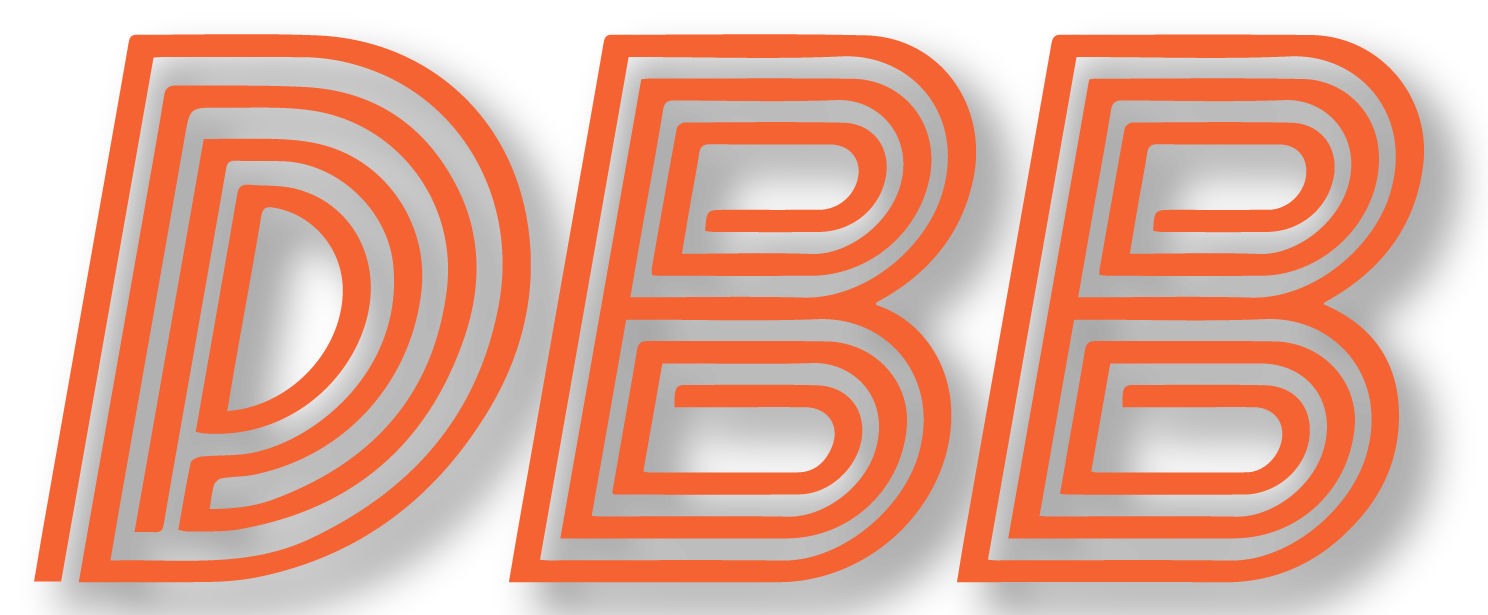
In 2020, they went 7-9, with some inexplicable losses.
They finished third in their division.
At the end of the season, they fired their head coach.
Their campaign, in terms of results, in terms of the scores of the contests, was a failure.
But a cursory glance at the Los Angeles Chargers blogosphere, followed by a survey of national media types (especially Mays and Tice at The Athletic), would lead one to a very different conclusion. Optimism abounds. Hope reigns. Everything’s coming up roses. (Or pick another showtune, if ya like.)
The reason is simple. In the 2020 NFL Draft, they drafted a kid called Justin to play quarterback. And in the aforementioned season, Herbert proved he’s their long-term answer at the position. When you get that question right, the others seem far less important.
This is the objective for the 2021 Chicago Bears. Sure, we will all want them to win as many games as possible. (Without a first round pick, losing has 0% value.) Sure, we’d like them to be as entertaining as humanly possible; a seemingly difficult ask for this offense over the last few seasons, as they staged one colossal bore after another on the back of an incompetent quarterback. And sure, we’d love to see some of these high-priced defenders (Mack, Quinn, Jackson…etc.) play up to their contracts.
But none of that matters when it comes to long-term projections for this organization. What matters is the kid called Justin they drafted to play quarterback. What matters is sitting here on May 20th of NEXT year, knowing the Bears have their man at the most important position in team sports.
If they do, their championship “window” opens in 2022. And it doesn’t close for a decade.









